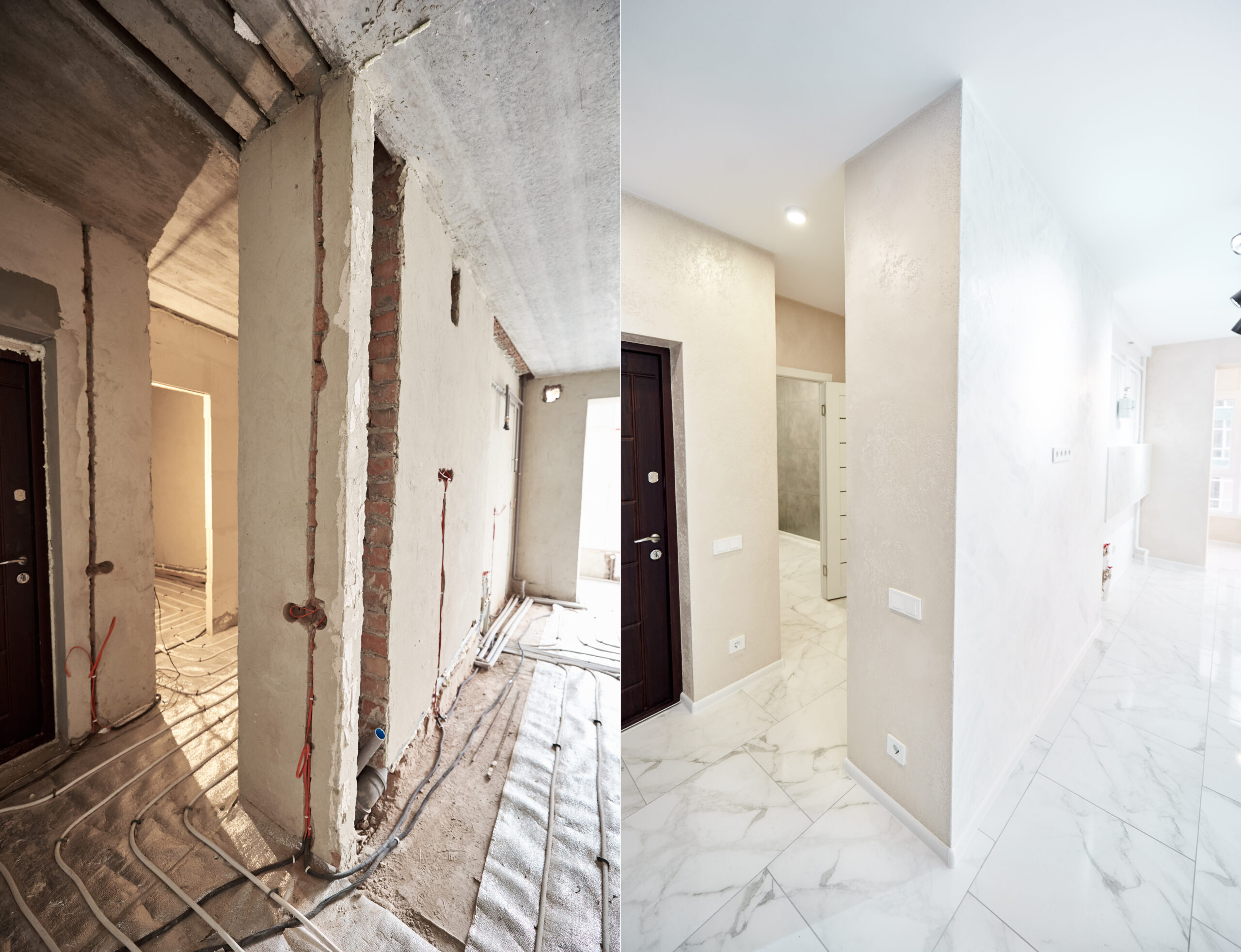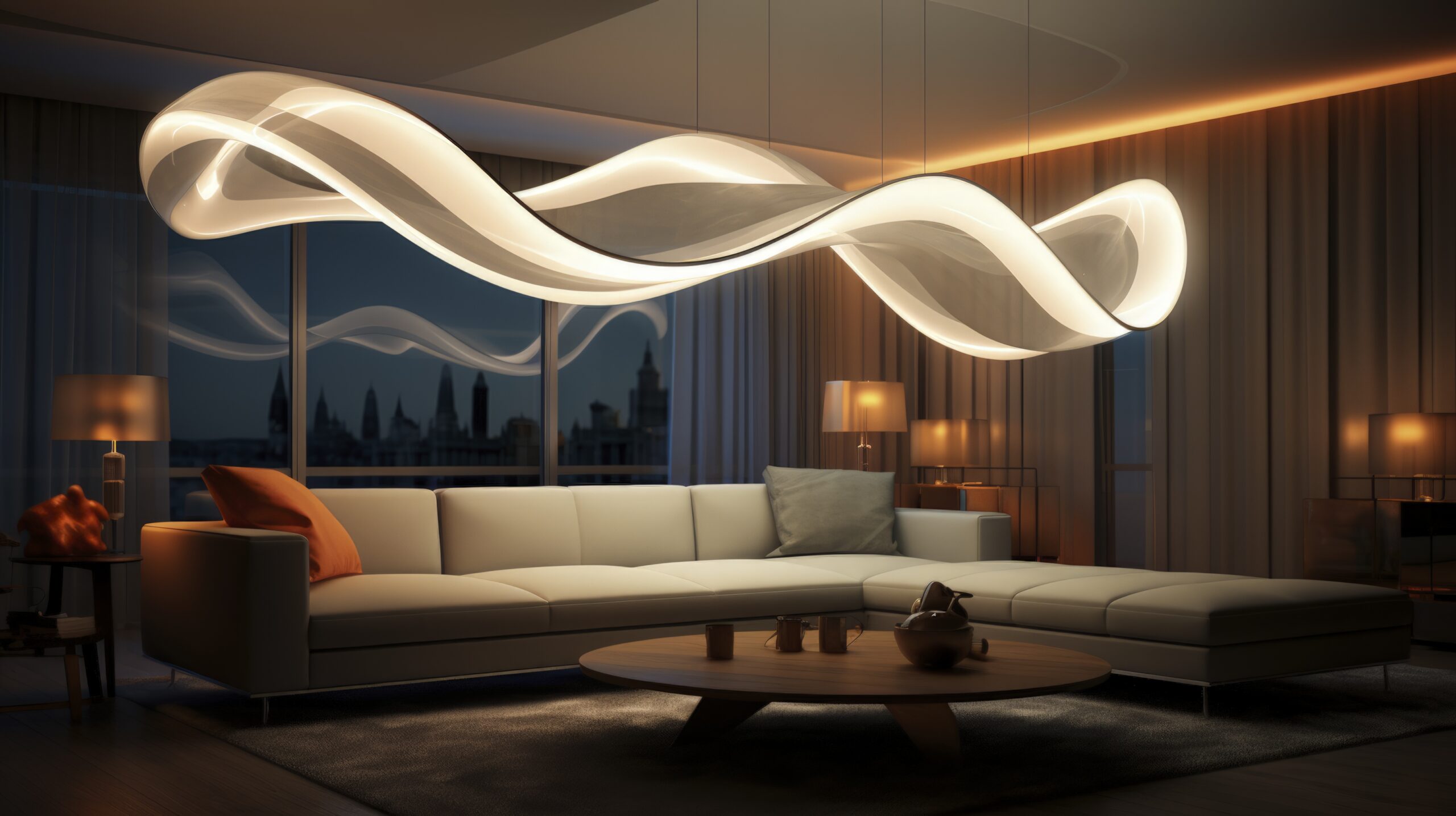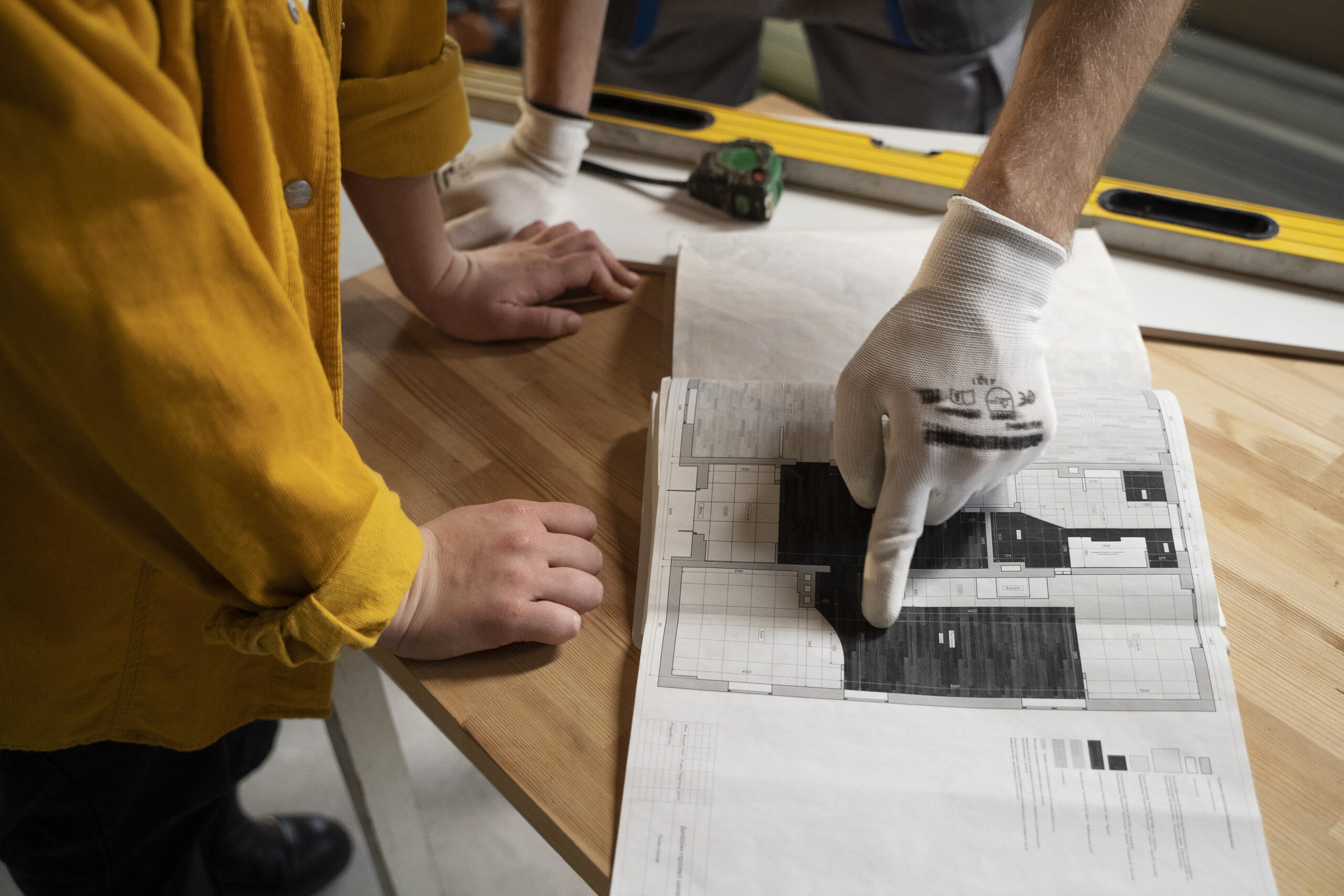by loyaladmin021
Share
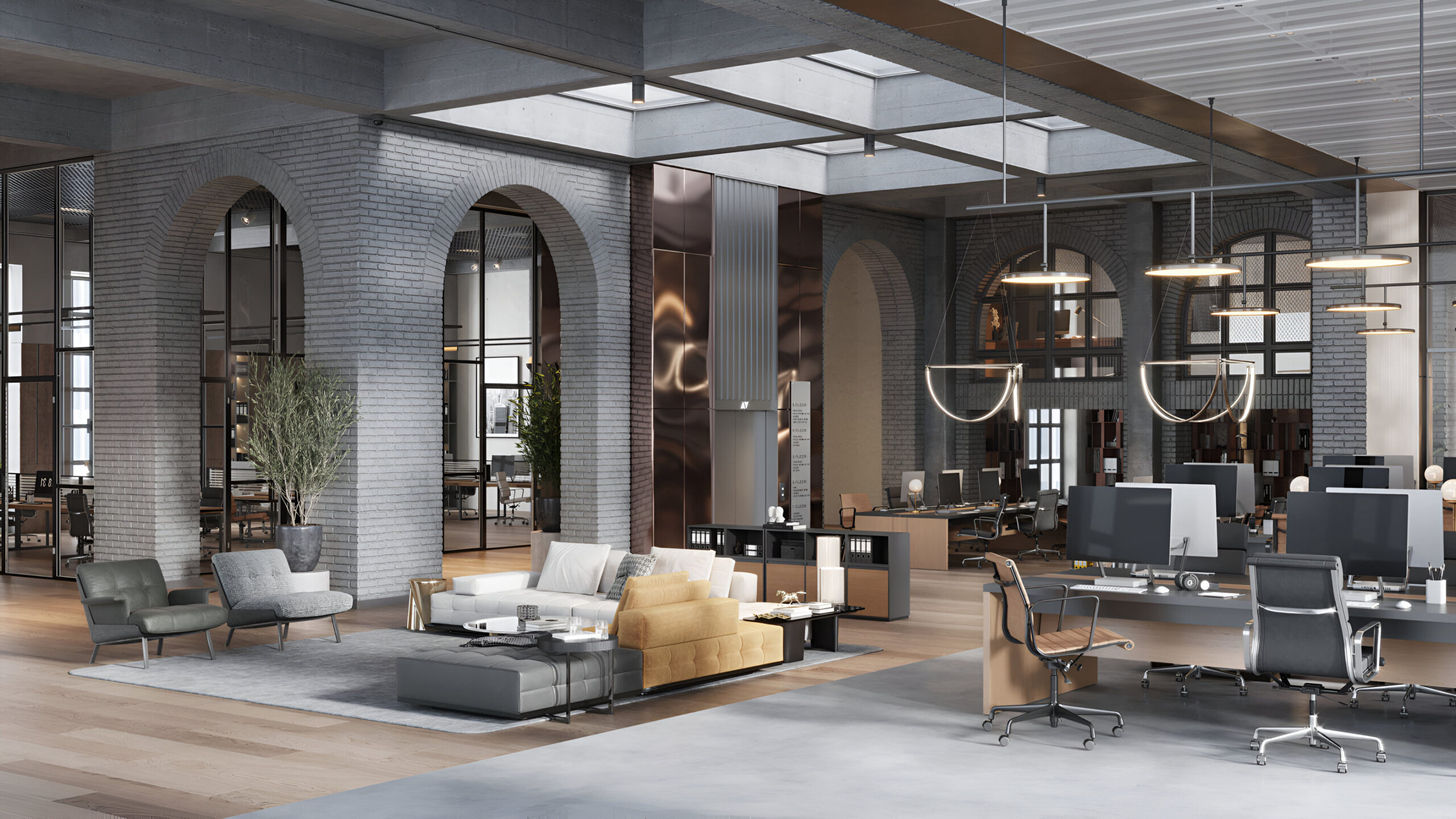
Minimalist decor is more than just a design trend; it’s a lifestyle choice that emphasizes simplicity, functionality, and intentional living. By focusing on clean lines, uncluttered spaces, and a restrained color palette, minimalism can transform your home into a serene and sophisticated retreat. Here’s how you can achieve a minimalist style that is both elegant and functional.
1. Embrace a Neutral Color Palette
A minimalist space often starts with a neutral color palette. Shades of white, beige, gray, and soft earth tones create a calm and harmonious environment. These colors provide a blank canvas that enhances the feeling of space and allows the room’s features and furnishings to stand out without overwhelming the senses. To add depth and interest, consider layering different textures within this neutral palette, such as combining a soft wool rug with a sleek leather sofa.
2. Focus on Quality Over Quantity
In minimalist decor, every piece of furniture and decor should serve a purpose and add value to the space. Instead of filling a room with numerous items, focus on choosing a few high-quality pieces that you truly love. This approach not only reduces clutter but also ensures that each item contributes to the overall aesthetic and functionality of the room. For example, opt for a well-crafted dining table with clean lines or a timeless armchair that offers both comfort and style.
3. Declutter and Simplify
Decluttering is a fundamental step in achieving a minimalist home. Begin by assessing your belongings and removing anything that is unnecessary or doesn’t bring you joy. This includes excess furniture, decor, and personal items that contribute to visual and physical clutter. Once you have decluttered, make a habit of regularly editing your space to maintain a minimalist look. Remember, minimalism is about intentionality—keeping only what is essential and beautiful.
4. Invest in Multi-Functional Furniture
To maximize both style and functionality, invest in multi-functional furniture pieces that can serve more than one purpose. For instance, a storage ottoman can double as extra seating and a place to store blankets or magazines. A bed with built-in drawers provides additional storage without taking up more space. This approach helps keep your home organized and clutter-free while maintaining a clean and streamlined look.
5. Incorporate Clean Lines and Simple Shapes
Minimalist design is characterized by clean lines and simple shapes that create a sense of order and tranquility. When selecting furniture and decor, opt for pieces with sleek, unadorned designs. Avoid ornate details and embellishments, as these can detract from the minimalist aesthetic. Instead, choose furnishings with straight edges or gentle curves that contribute to a cohesive and uncluttered look.
6. Use Natural Materials and Textures
Natural materials such as wood, stone, and metal add warmth and texture to a minimalist space without overwhelming it. Incorporate these materials through furniture, flooring, and accessories to create a balanced and harmonious environment. For example, a wooden coffee table or a marble countertop can add visual interest while keeping the overall design simple and understated.
7. Prioritize Open Spaces
One of the key principles of minimalist decor is the idea of «less is more.» This means prioritizing open spaces and allowing rooms to breathe. Avoid overcrowding your space with too much furniture or decor. Instead, create a sense of openness by arranging furniture to promote easy movement and by leaving empty spaces on walls and floors. This not only enhances the feeling of spaciousness but also helps create a calm and uncluttered environment.
8. Add Subtle Accents
While minimalism emphasizes simplicity, it doesn’t mean your space has to be boring. Add subtle accents through carefully chosen decor pieces such as a single piece of artwork, a well-placed plant, or a few decorative pillows. These accents should complement the overall color scheme and style without overpowering the space. Remember, in minimalist decor, less is often more, so choose accents that add to the aesthetic without creating visual clutter.
9. Incorporate Plenty of Natural Light
Natural light is a key component of minimalist design, helping to create a bright and airy atmosphere. Maximize natural light by using sheer curtains or blinds that can be easily opened to let light in. Mirrors can also be strategically placed to reflect light and make the space feel larger. If natural light is limited, opt for soft, diffused lighting fixtures that mimic natural light and enhance the minimalist aesthetic.
10. Create a Sense of Balance and Harmony
Achieving a minimalist space is about creating balance and harmony. This means considering the proportions of furniture and decor, the flow of the room, and the relationship between different elements. Aim for a cohesive look where everything has its place and serves a purpose. Symmetry and alignment can also help create a sense of order and tranquility in a minimalist space.
By following these tips, you can create a minimalist home that is both elegant and functional. Remember, the key to successful minimalist decor is intentionality—choosing pieces that you love and that serve a purpose, while maintaining a clean and uncluttered space. With a focus on quality, simplicity, and functionality, you can transform your home into a peaceful and stylish retreat.
Loyal Construction: Top construction and Home remodeling services in Atlanta – Georgia, Cumming, Milton, Alpharetta, Buford, Sugar hil, Suwanee, Gainesville, Roswell
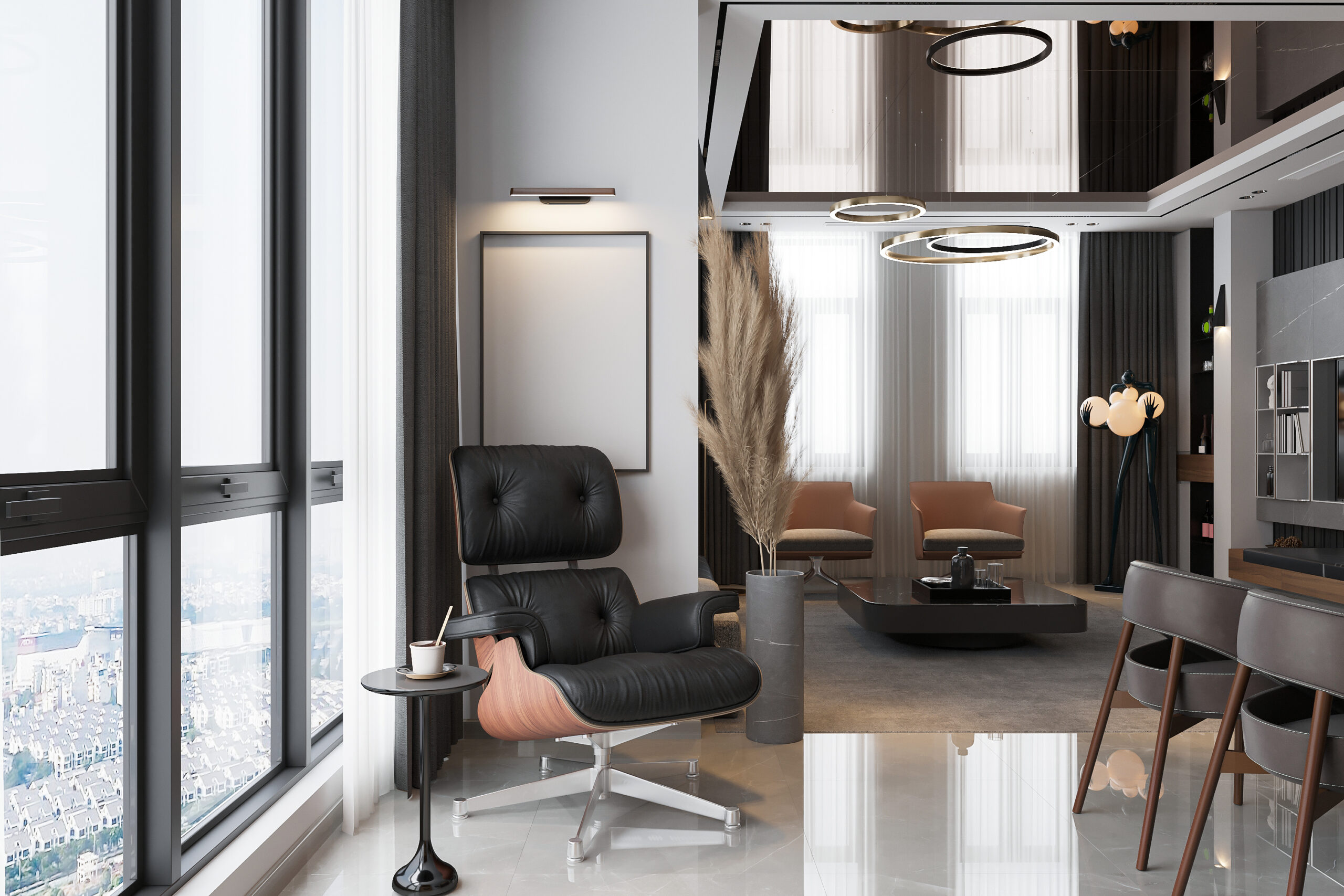
by loyaladmin021
Share
STAY IN THE LOOP

